Optics 101
As a garden center, you likely sell bird feeders, birdbaths, and plants that attract birds and butterflies. But, if you do not stock binoculars, you are missing out on the opportunity to earn loyalty within the local bird-watching community, set your business apart as a specialist in birding equipment and increase revenues in your birding department.
Why court the birding community? For starters, it’s a fast-growing community. According to a 2000 U.S. Forest Service survey, bird watching is the fastest-growing leisure activity, with 71 million Americans indicating that they had gone bird watching, up from 21 million in 1982. More than 40 million people watch birds around their homes, according to a 2001 U.S. Fish and Wildlife report. Also, the bird and nature watching community is eager to spend their leisure dollars; the same 2001 U.S. Fish and Wildlife report states that wildlife enthusiasts spent $38.4 billion in 2001 nationwide.
A pair of binoculars is as important a tool for the birdwatcher as a fishing rod is for a fisherman. Binoculars open up new vistas to birdwatchers as they reacquaint themselves with the finer aspects of their surroundings. Recent optical and technological innovations in the industry have resulted in many high-quality binoculars available in a very reasonable price range spurring many birdwatchers to upgrade.
Binoculars are multi-purpose instruments, useful for a number of different activities, including bird watching, hunting, sporting events, concerts, star gazing, hiking, general nature observation and much more. Although perceived as technical in nature, there are only a few things retailers need to know in order to effectively sell binoculars to their customers.
Learning the Field
When you look at a pair of binoculars, you’ll notice a few numbers, such as 8×42, 7×50, 10×25, etc., listed on the body of the binoculars. What do these numbers refer to?
With a pair of 8×42 binoculars, for example, the first number 8 (often expressed as 8x) refers to the magnification the binoculars provide, or how many times larger an object will appear.
The second number, 42, refers to the diameter of the objective lens (the lens that points toward the object) in millimeters. The size of the objective lens determines how much light the binoculars will gather the larger the objective lens, the brighter the image. This number also directly relates to how large and bulky a pair of binoculars will be. So the tradeoff for binoculars having small objective lenses (18mm-28mm) is that they won’t be as bright under low light conditions but will be far lighter and more portable.
Binoculars will vary in magnification and size, but higher magnification is not necessarily better. As magnification increases some users may have trouble holding the image steady, and some users may experience loss in image brightness and clarity. When looking through binoculars, the widest dimension from left to right that you can see is called “field of view.” This specification is usually measured either in linear feet at a distance of 1,000 yards or in angular degrees. A wider field of view is desirable for following fast-moving action and to aid in finding birds and animals in denser backgrounds (grasslands, woodlands, etc.). As magnification increases, the field of view often narrows (sometimes considerably). If one wishes to observe faster-moving objects such as hummingbirds or dragonflies, binoculars between 6x and 8x magnification are most popular.
The term “eye relief” refers to the furthest distance behind the binoculars’ eyepieces at which the whole field of view can be attained and is also measured in millimeters. Eye relief is of great importance to those who must wear eyeglasses/sunglasses while looking through binoculars. These people should use binoculars having at least 15mm of eye relief.
The minimum distance to which a pair of binoculars can be focused is called “close focus.” Many backyard birdwatchers and butterfly and dragonfly watchers typically desire binoculars that will focus down to 10 feet or less.
Implementation
Once you have binoculars in your store, you’ll need to display them so your customers, upon request, can handle and look through them. A simple, transparent display case with locking capabilities addresses exposure, availability and security. A binocular tethered to a case, wall or rack with a wire cable retains a customer to one place, allowing the salesperson to greet, answer questions and complete the sale. When displayed near a window to the outside, the customer is provided with a better sense of what the binoculars are capable of. Place binoculars next to bird feeders or seed announcing to loyal birdwatcher customers that your store is their source for optics, too.
Finally, small display cards having pertinent specifications (magnification, objective lens size, field of view, eye relief, close focus) will allow the customer to independently compare binoculars before having to look through them (a potential time saver for the salesperson).
By following these simple suggestions, it’s very likely you’ll find binoculars no more difficult to sell than other garden products you already carry; plus, you’ll provide a very desirable tool to a growing population of birdwatchers and nature enthusiasts.






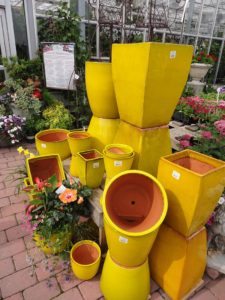
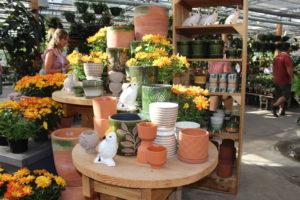
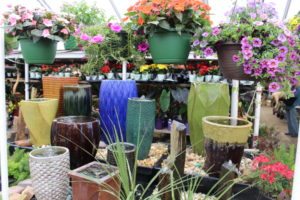

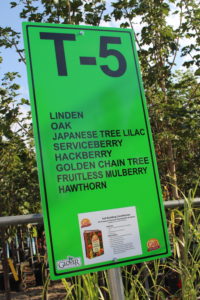
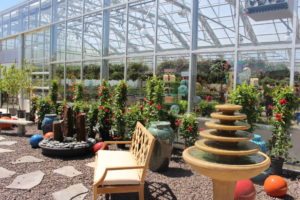


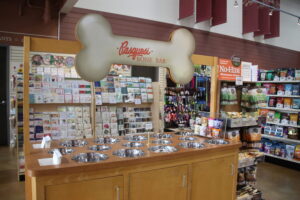
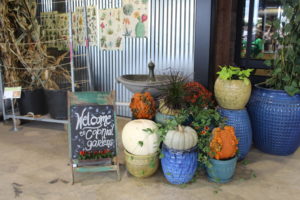
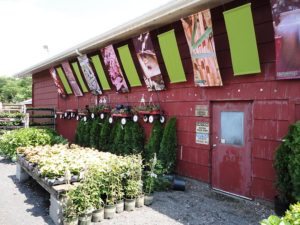
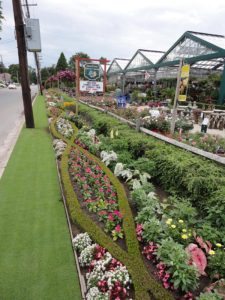
 Videos
Videos





